Home>Garden Essentials>What Should I Use For Edging In A Child Play Area
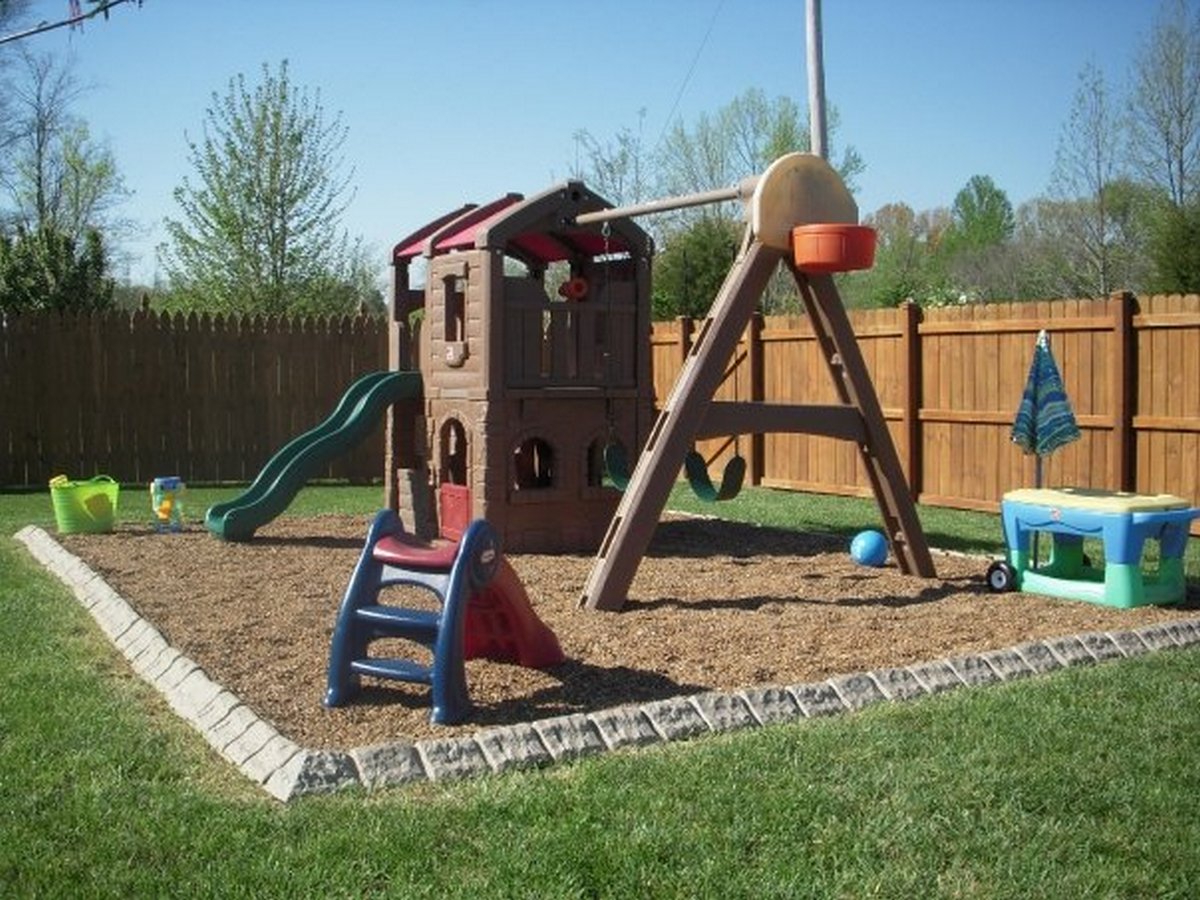

Garden Essentials
What Should I Use For Edging In A Child Play Area
Modified: March 7, 2024
Looking for the right edging for your child's play area in the garden? Discover the perfect solution to keep your little ones safe and create a beautiful outdoor space.
(Many of the links in this article redirect to a specific reviewed product. Your purchase of these products through affiliate links helps to generate commission for Storables.com, at no extra cost. Learn more)
Introduction
Welcome to the wonderful world of child play areas! Whether you have a backyard playground, a community park, or a schoolyard play space, creating a safe and visually appealing environment for children is essential. One important component of any play area is edging. Edging not only defines the boundaries of the play area, but it also helps to prevent the spreading of loose surfaces such as sand or mulch.
But with so many options available, it can be overwhelming to choose the right edging material. In this article, we will explore various options for edging in a child play area, providing you with the information you need to make an informed decision. From rubber edging to natural stone, we’ll cover it all.
Before we delve into the specific edging options, it’s important to note that safety should always be the top priority when it comes to child play areas. The chosen edging material should be sturdy, non-toxic, and able to withstand heavy use. Additionally, it should be easy to install and maintain.
Now, let’s explore the different options for edging in a child play area.
Key Takeaways:
- Choose rubber edging for a safe and durable play area. It’s made from recycled tires, easy to install, and provides cushioning to prevent injuries from falls.
- Consider plastic playground borders for a versatile and low-maintenance option. They come in various colors, resist weather conditions, and are easy to clean.
Read more: What Should Be In The Dramatic Play Area
Options for Edging in a Child Play Area
When it comes to edging a child play area, there are several options to choose from. Each option has its own unique features, advantages, and factors to consider. Let’s take a closer look at some of the most popular edging materials:
- Rubber Edging: Rubber edging is a popular choice for child play areas due to its flexibility, durability, and safety features. It is typically made from recycled tires and provides a cushioned barrier between the play area and surrounding surfaces. Rubber edging is easy to install and maintain, making it an excellent option for busy play areas.
- Plastic Playground Borders: Plastic playground borders are another commonly used edging material. They are specifically designed for play areas and are available in various heights, colors, and styles. These borders are lightweight, easy to install, and resistant to weather conditions. Plastic playground borders provide a neat and visually appealing edge for any play area.
- Wooden Edging: Wood is a natural and versatile option for edging in a child play area. It blends well with outdoor surroundings and can be easily customized to fit the desired shape and size of the play area. However, it is important to choose pressure-treated or naturally rot-resistant wood to ensure longevity and safety.
- Concrete or Paver Edging: Concrete or paver edging offers a durable and long-lasting solution for play areas. It provides a solid and secure boundary while adding a clean and polished look. Concrete or paver edging requires professional installation and may be more costly compared to other materials.
- Natural Stone Edging: For a more natural and rustic look, natural stone edging can be a great choice. Stones such as river rocks, flagstones, or even boulders can be used to create a beautiful and sturdy edge for the play area. Natural stone edging requires careful planning and installation, but it can add a unique charm to the overall design.
It’s important to assess the specific needs and requirements of your play area before selecting an edging material. Factors such as budget, maintenance, aesthetics, and safety should all be taken into consideration. Additionally, consider the age range of the children using the play area and any specific safety regulations that need to be adhered to.
Now that we have explored the various options for edging in a child play area, let’s discuss the factors to consider when making your final decision.
Rubber Edging
Rubber edging is a popular choice for edging in child play areas due to its numerous benefits. Made from recycled tires, rubber edging offers flexibility, durability, and safety features that are well-suited for play areas.
One of the main advantages of rubber edging is its ability to provide a cushioned barrier between the play area and surrounding surfaces. This helps to minimize the risk of injuries from falls and provides a soft landing surface for children. Rubber edging is also resistant to impact and can withstand heavy use, making it a reliable choice for active play areas.
Installation and maintenance of rubber edging are relatively easy. The edging pieces are typically designed to interlock, allowing for a secure and hassle-free installation process. Additionally, rubber edging is resistant to weather conditions, fading, and cracking, which means it will maintain its appearance and functionality over time with minimal effort.
Furthermore, rubber edging is environmentally friendly as it is made from recycled materials. By choosing rubber edging for your play area, you are contributing to sustainable practices and reducing waste.
When selecting rubber edging for your child play area, consider the thickness of the material. Thicker rubber edging provides better impact absorption and cushioning, providing enhanced safety for children. Additionally, look for edging that meets safety standards and is free from toxic chemicals.
Overall, rubber edging is an excellent option for edging in a child play area. Its flexibility, durability, safety features, and ease of installation and maintenance make it a practical and reliable choice. Plus, its environmentally friendly nature adds an additional bonus. Consider rubber edging when planning your play area to create a safe and enjoyable space for children.
Plastic Playground Borders
Plastic playground borders are a popular choice when it comes to edging in a child play area. They offer a range of benefits that make them suitable for creating a neat and defined edge.
One of the main advantages of plastic playground borders is their versatility. They are specifically designed for play areas, available in various heights, colors, and styles to suit different preferences. Whether you have a colorful and vibrant play area or a more natural and subtle aesthetic, you can find plastic playground borders that match your desired look.
Installation of plastic playground borders is relatively simple. They are lightweight and easy to handle, making the process quick and straightforward. The borders typically interlock or connect with spikes, ensuring a secure and stable edge for the play area. This ease of installation is especially beneficial if you are working on a DIY project or need to make adjustments to the play area in the future.
Plastic playground borders are designed to be durable and resistant to weather conditions. They can withstand heavy use and maintain their shape and appearance over time. This makes them a reliable choice, especially for high-traffic play areas.
Maintenance of plastic playground borders is minimal. They are easy to clean and do not require any special treatment or painting. Simply wipe them down as needed or rinse them with water to keep them looking fresh and presentable. This low-maintenance feature is particularly advantageous for busy play areas.
In terms of safety, plastic playground borders are typically made from high-quality materials that are free from harmful chemicals. However, it is important to choose borders that meet safety standards to ensure the well-being of children using the play area.
Overall, plastic playground borders offer a versatile, durable, and low-maintenance solution for edging in a child play area. Their variety in colors and styles, easy installation process, and resistance to weather conditions make them a practical choice. Consider plastic playground borders to create a visually appealing and well-defined edge for your play area.
Wooden Edging
Wooden edging is a classic and natural option for edging in a child play area. It offers a timeless aesthetic that blends seamlessly with outdoor surroundings, while providing a sturdy boundary for the play area.
One of the key advantages of wooden edging is its versatility. Wood is easily customizable and can be shaped and cut to fit the desired dimensions of the play area. Whether you have a small backyard playground or a large community park, wooden edging can be tailored to meet your specific needs.
Wooden edging is available in different types of wood, including pressure-treated and naturally rot-resistant varieties. It is important to choose the right type of wood that is durable and suitable for outdoor use. Pressure-treated wood is treated with chemicals to protect it from decay and insects, making it an ideal choice for long-lasting edging.
Installation of wooden edging may require some DIY skills or professional assistance, depending on your level of expertise. The wooden planks or logs are typically secured into the ground with stakes or spikes, ensuring a stable and secure perimeter for the play area. It is important to properly anchor the wooden edging to prevent it from shifting or becoming hazardous.
Maintenance of wooden edging involves regular inspections, cleaning, and treating. It is important to check for any signs of rot or damage and promptly repair or replace any affected sections. Additionally, applying a protective sealant or stain can help prolong the lifespan of the wooden edging and maintain its appearance.
When using wooden edging in a child play area, it is crucial to ensure that there are no splinters or rough edges that could potentially cause harm to children. Sanding down the surfaces and applying a child-safe finish can help create a smooth and safe edge.
Wooden edging offers a natural and timeless charm to a child play area. Its versatility, customizability, and durability make it a popular choice for many playgrounds. With proper maintenance and care, wooden edging can provide a long-lasting and visually appealing boundary for your play area.
Consider using rubber or plastic edging for a child’s play area. These materials are durable, easy to install, and provide a soft barrier to protect kids from rough edges.
Read more: How To Build A Child Play Area Fence
Concrete or Paver Edging
Concrete or paver edging is a durable and long-lasting option for edging in a child play area. It provides a solid and secure boundary that adds a clean and polished look to the overall design.
One of the main advantages of concrete or paver edging is its durability. Concrete is known for its strength and ability to withstand heavy use. It can endure the weight and activity of children playing and running, making it a reliable choice for high-traffic play areas. Pavers, on the other hand, offer flexibility and are less prone to cracking. They can be easily replaced if any damage occurs.
Installation of concrete or paver edging requires professional expertise. The process involves excavating the area, creating a solid base, and pouring or laying the concrete or pavers in the desired pattern. While it may involve more effort and cost upfront, the end result is a permanent and sturdy edge for the play area.
Maintenance of concrete or paver edging is minimal. Regular cleaning with water and mild detergent can help keep the surface looking clean and free from debris. Additionally, resealing the concrete or paver edges every few years can help maintain their appearance and protect them from weather damage.
Concrete or paver edging offers a sleek and polished look to a child play area. The wide range of shapes, sizes, and finishes available allows for customization to match the overall design aesthetic. Whether you prefer a modern and minimalist look or a more traditional and textured appearance, concrete or paver edging can be tailored to your preferences.
It is important to note that concrete or paver edging may have rough or sharp edges that could pose a potential risk, especially for younger children. Therefore, it is essential to inspect the edges regularly and smooth out any rough spots to ensure the safety of the play area.
Consider concrete or paver edging if you’re looking for a permanent and visually appealing solution for your child play area. Its durability, low maintenance requirements, and customizable options make it a popular choice for many playgrounds.
Natural Stone Edging
Natural stone edging provides a rustic and visually striking option for edging in a child play area. It offers a unique charm that blends harmoniously with outdoor surroundings while defining the boundaries of the play area.
One of the main advantages of natural stone edging is its natural beauty. The various types of stones, such as river rocks, flagstones, or boulders, offer a wide range of colors, textures, and sizes to choose from. This allows for creative and customized designs that can enhance the aesthetic appeal of the play area.
Natural stone is renowned for its durability and longevity. It can withstand weather conditions, heavy use, and the test of time. Once properly installed, natural stone edging requires minimal maintenance, making it a low-maintenance choice for play areas.
Installation of natural stone edging may require professional assistance, especially when dealing with larger stones or complex designs. The stones need to be properly leveled and secured to create a stable and safe border. The installation process may involve excavation, adding a base layer of gravel, and precisely placing the stones to achieve the desired look.
In terms of safety, it is essential to select stones that have smooth edges and are free from sharp or jagged surfaces. This will help minimize any potential hazards and ensure a safe play environment for children. Additionally, natural stone edging should be regularly inspected for any loose or unstable stones and promptly addressed to maintain safety standards.
One thing to consider when opting for natural stone edging is its weight and permanence. Once the stones are in place, they can be challenging to move or adjust. Therefore, careful planning and consideration are crucial to ensuring the desired layout and overall design of the play area.
Natural stone edging adds a touch of elegance and timeless beauty to a child play area. Its durability, low-maintenance nature, and ability to create a unique and aesthetically pleasing edge make it a popular choice for those seeking a natural and rustic look.
When incorporating natural stone edging, carefully select stones that are suitable for the intended purpose, adhere to safety guidelines, and consult with professionals to ensure proper installation. With the right planning and execution, natural stone edging can transform your play area into a visually stunning and inviting space for children to explore and play.
Factors to Consider when Choosing Edging for a Child Play Area
When selecting edging for a child play area, it is important to consider various factors to ensure the safety, functionality, and visual appeal of the space. Here are some key factors to keep in mind:
- Safety: The safety of the edging material is of utmost importance. Ensure that the material is free from toxic chemicals or sharp edges that could pose a risk to children. Look for edging that meets safety standards and has been specifically designed for use in play areas.
- Durability: The edging should be able to withstand heavy use, impact, and weather conditions. Consider materials that are known for their durability, such as rubber, plastic, concrete, or natural stone. This will ensure that the edging remains intact and functional for an extended period.
- Maintenance: Consider the level of maintenance required for the chosen edging material. Some materials, like rubber or plastic, are low-maintenance and only require occasional cleaning. Others, like wood or stone, may require more regular inspection, repairs, or sealing to ensure longevity.
- Aesthetics: The edging should complement the overall design and aesthetic of the play area. Consider the landscape, theme, and desired look when selecting the material. Rubber edging can provide a clean and modern appearance, while natural stone edging can offer a rustic and natural charm.
- Installation: Evaluate the ease of installation when selecting edging material. Some materials, like rubber or plastic, can be easily installed by interlocking or connecting the pieces. Others, like concrete or paver edging, may require professional installation. Consider your DIY abilities and weigh the cost and effort involved in installation.
- Budget: Determine your budget for the edging material, considering the cost of the material itself as well as any additional expenses for installation or maintenance. Keep in mind that while some materials may have a higher upfront cost, they may require less maintenance or have a longer lifespan, ultimately providing better value in the long run.
- Sustainability: If eco-friendliness is a priority for you, consider materials that are recycled or sourced from sustainable sources. Rubber edging made from recycled tires, for example, is an environmentally friendly choice.
By considering these factors, you can make an informed decision when choosing edging for your child play area. Prioritize safety, durability, maintenance requirements, aesthetics, installation ease, budget, and sustainability to create a space where children can play and explore with peace of mind.
Conclusion
Choosing the right edging material for a child play area is crucial for creating a safe, visually appealing, and functional space. From rubber edging to plastic playground borders, wooden edging, concrete or paver edging, and natural stone edging, there are various options available to suit different needs and preferences.
When making your decision, consider factors such as safety, durability, maintenance requirements, aesthetics, installation ease, budget, and sustainability. Each material has its own unique benefits and considerations, so it’s important to evaluate these factors based on your specific requirements.
Rubber edging offers flexibility, durability, and safety features, making it an excellent choice for child play areas. Plastic playground borders provide versatility, easy installation, and resistance to weather conditions, ensuring a neat and visually appealing edge. Wooden edging adds a natural and timeless charm to the play area, requiring customization and maintenance to ensure longevity and safety. Concrete or paver edging offers durability and a polished look, but professional installation is usually required. Natural stone edging provides a rustic and visually striking option, requiring careful planning and consideration of safety standards.
Remember, safety should always be the top priority when choosing edging materials. The selected edging should be non-toxic, sturdy, and able to withstand heavy use. It should also meet safety standards and be free from any potential hazards, such as sharp edges or splinters.
By carefully considering all these factors and weighing the pros and cons of each material, you can create a child play area that is not only safe but also visually appealing and enjoyable for children. Whether you opt for rubber, plastic, wood, concrete, or natural stone, the right edging will define the boundaries of the play area, prevent spreading of loose surfaces, and provide a sense of structure and safety.
So, go ahead and choose the edging material that aligns with your needs and transforms your child play area into a haven of fun, creativity, and safety for children to explore and play in.
Frequently Asked Questions about What Should I Use For Edging In A Child Play Area
Was this page helpful?
At Storables.com, we guarantee accurate and reliable information. Our content, validated by Expert Board Contributors, is crafted following stringent Editorial Policies. We're committed to providing you with well-researched, expert-backed insights for all your informational needs.
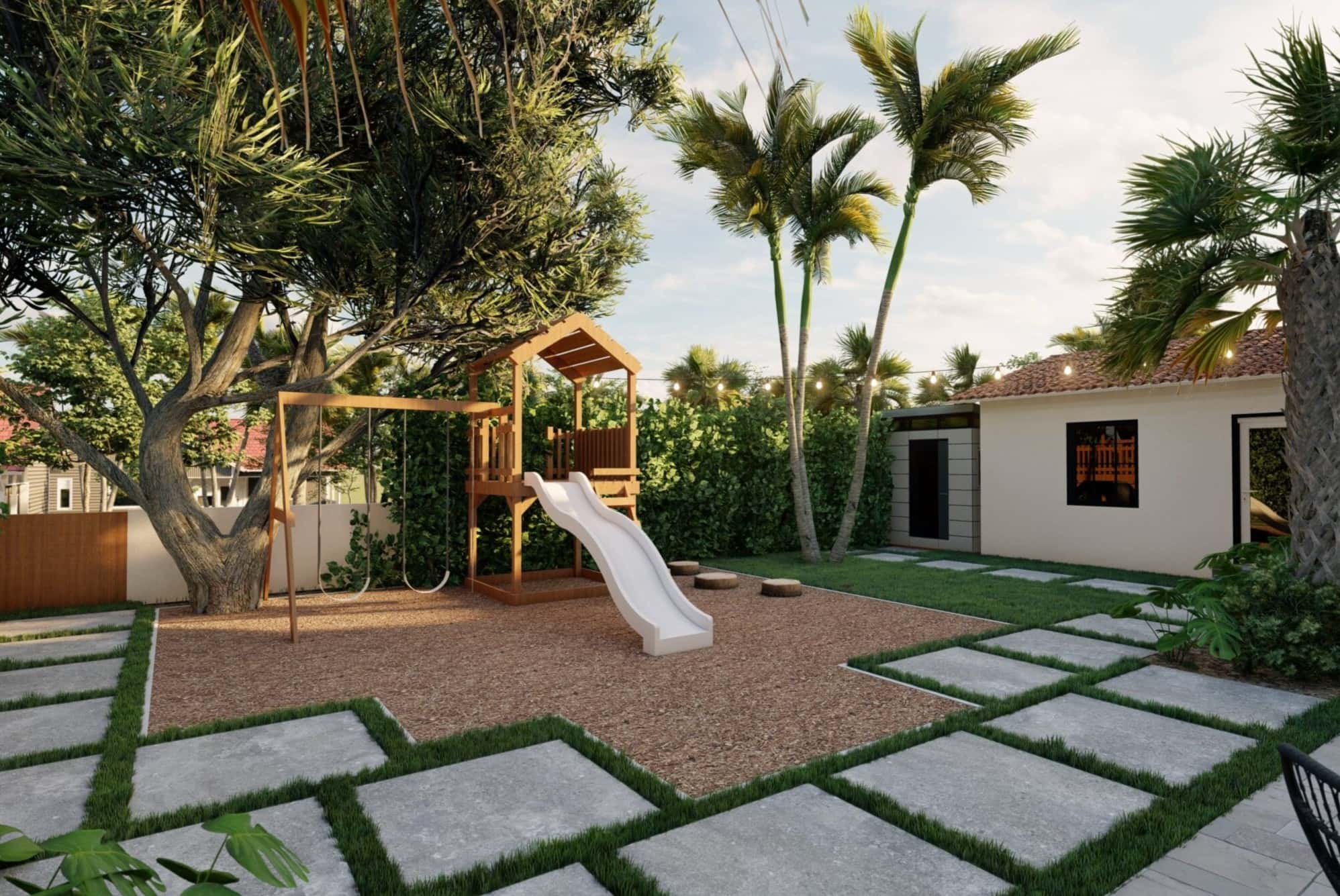
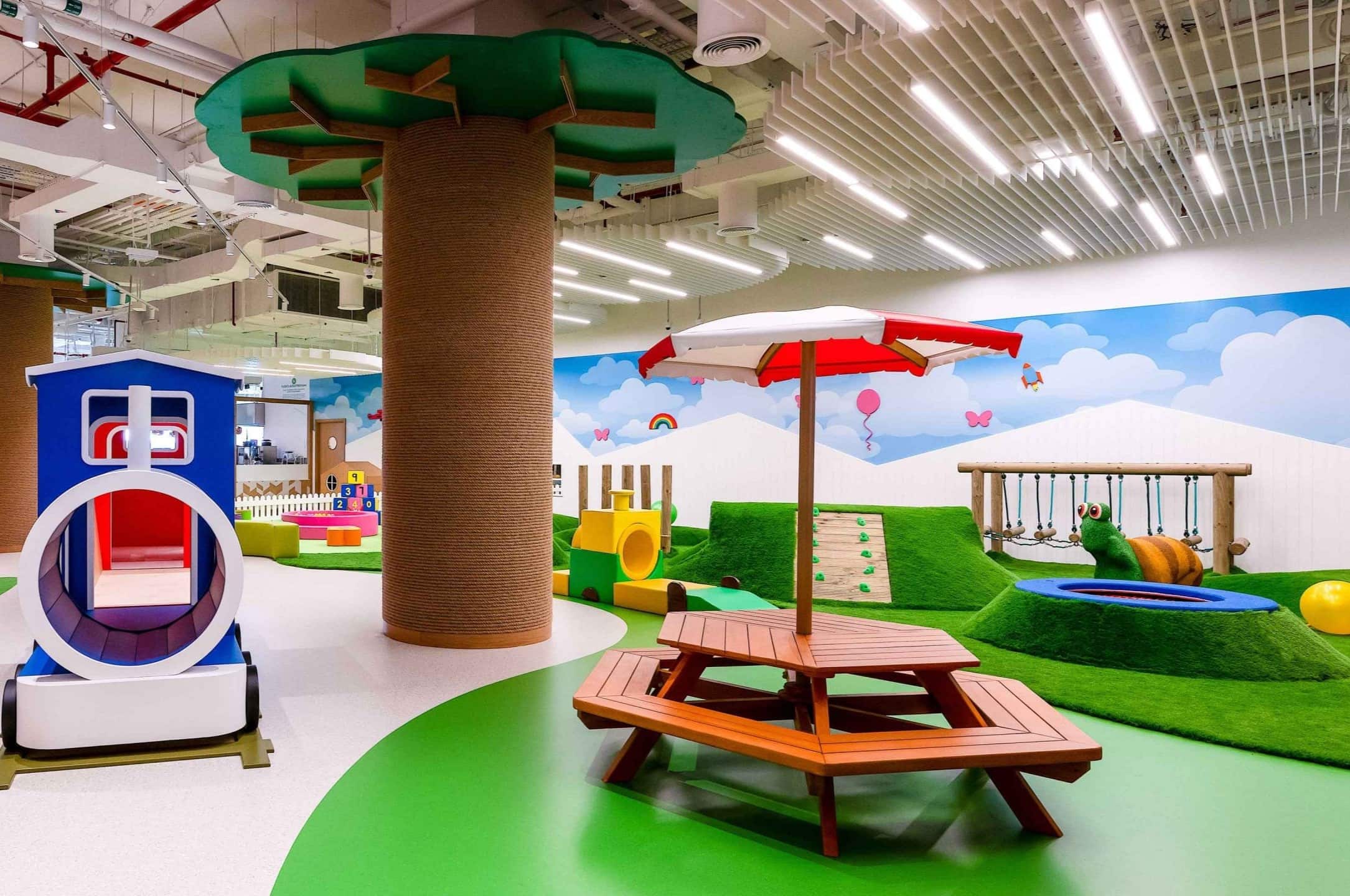
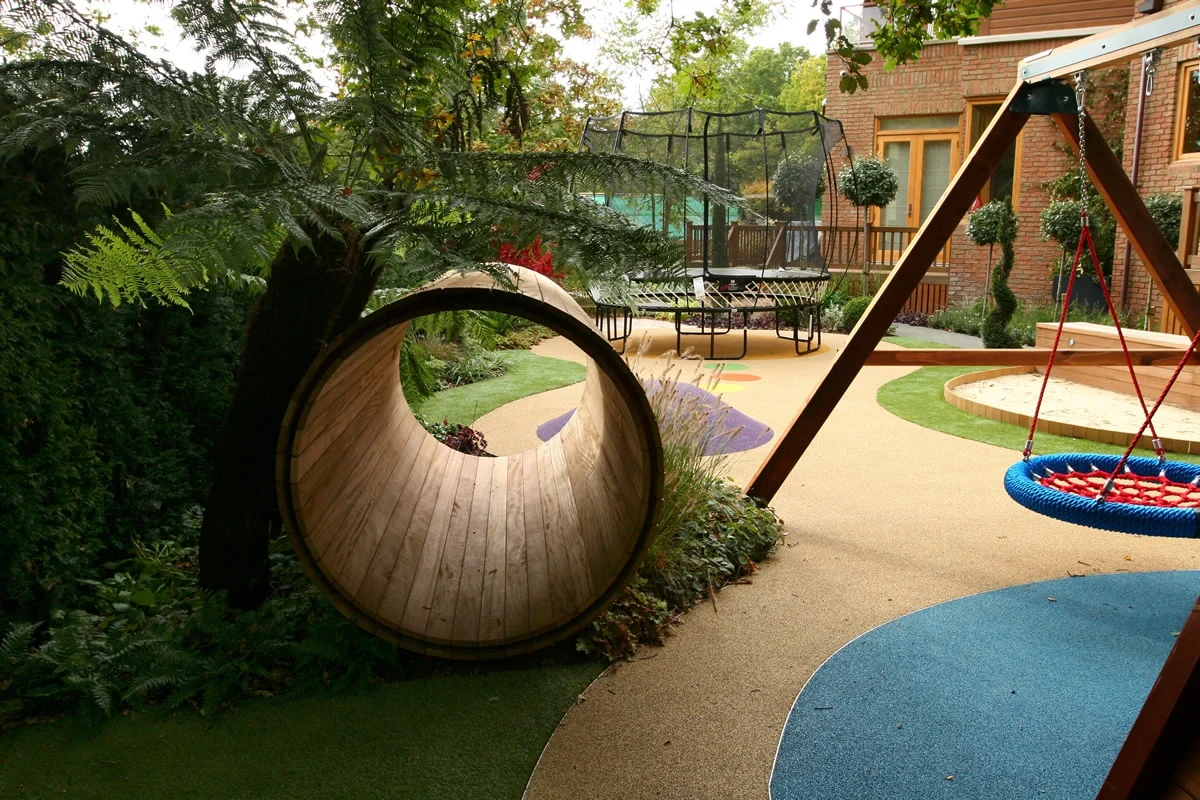
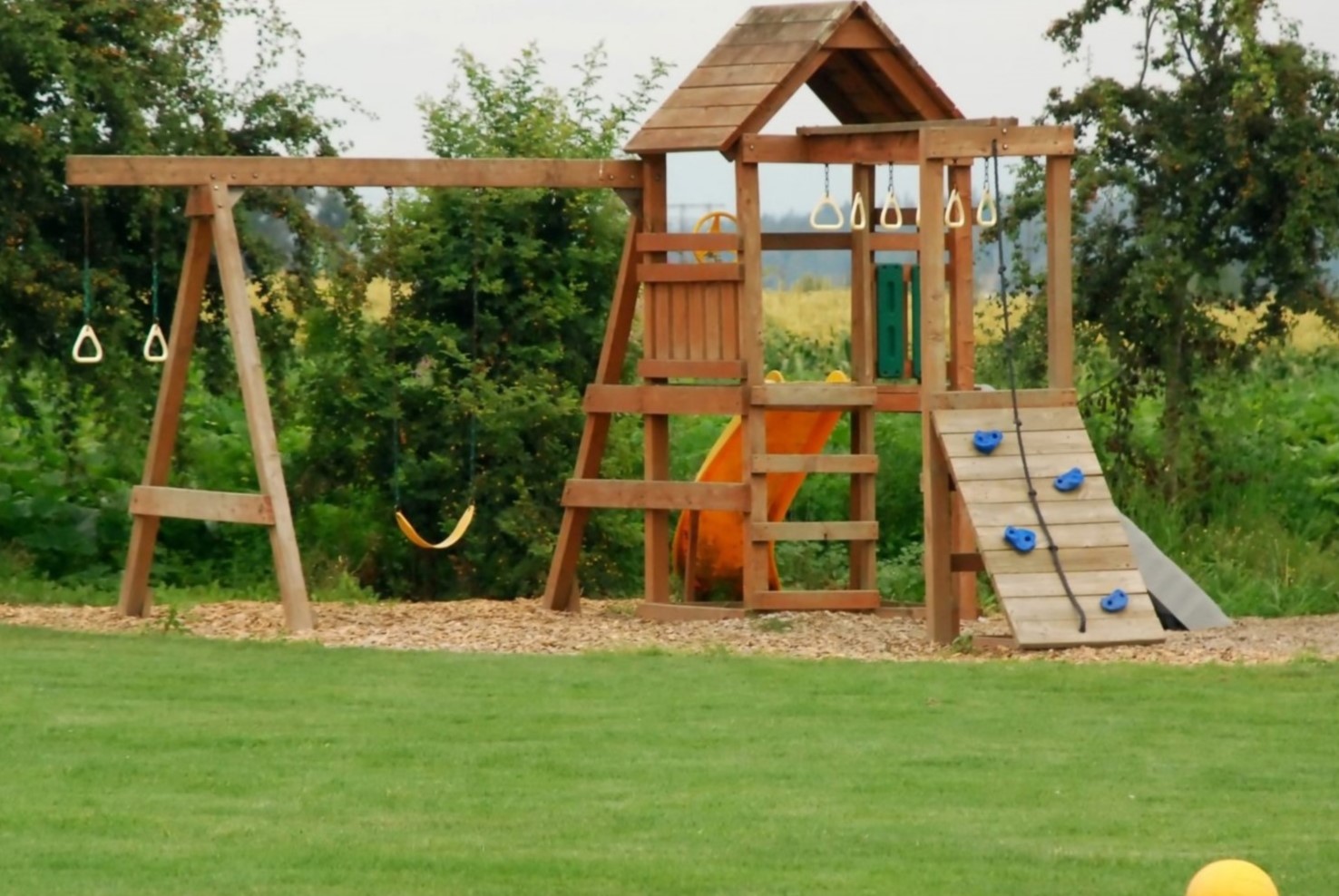

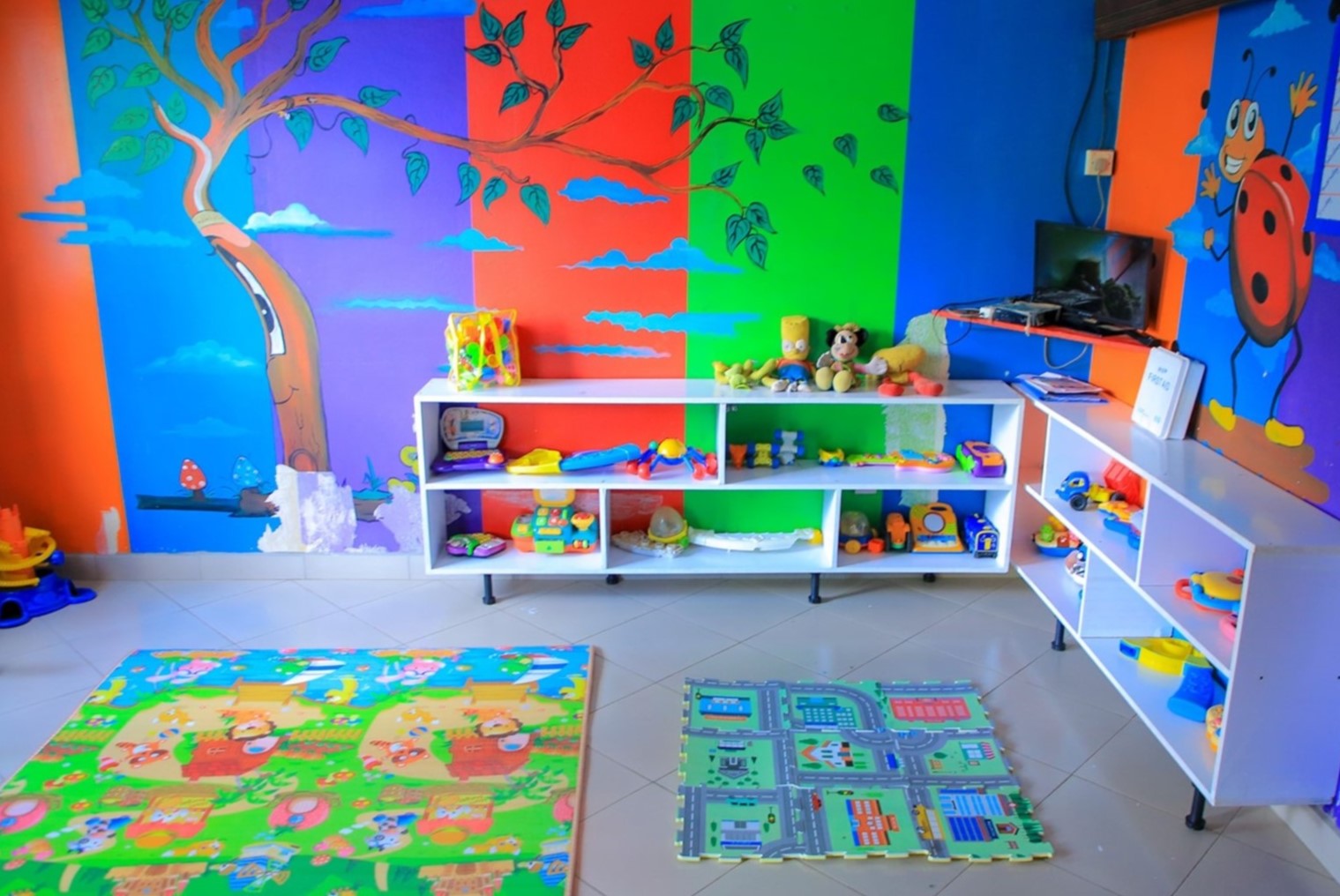
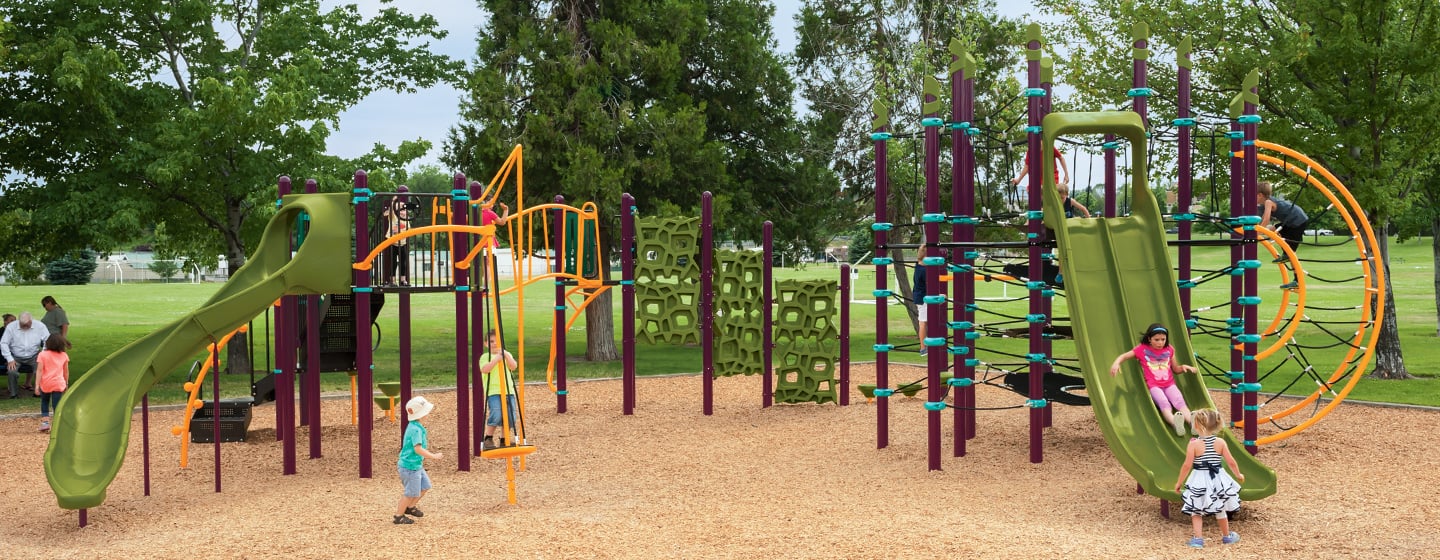
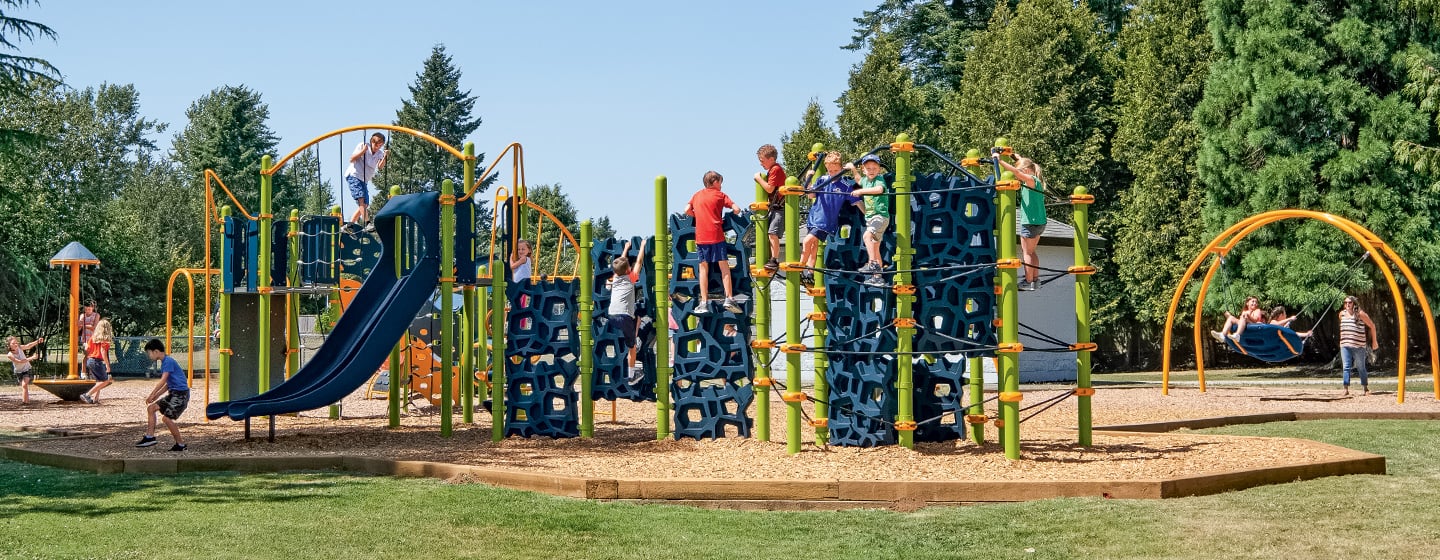
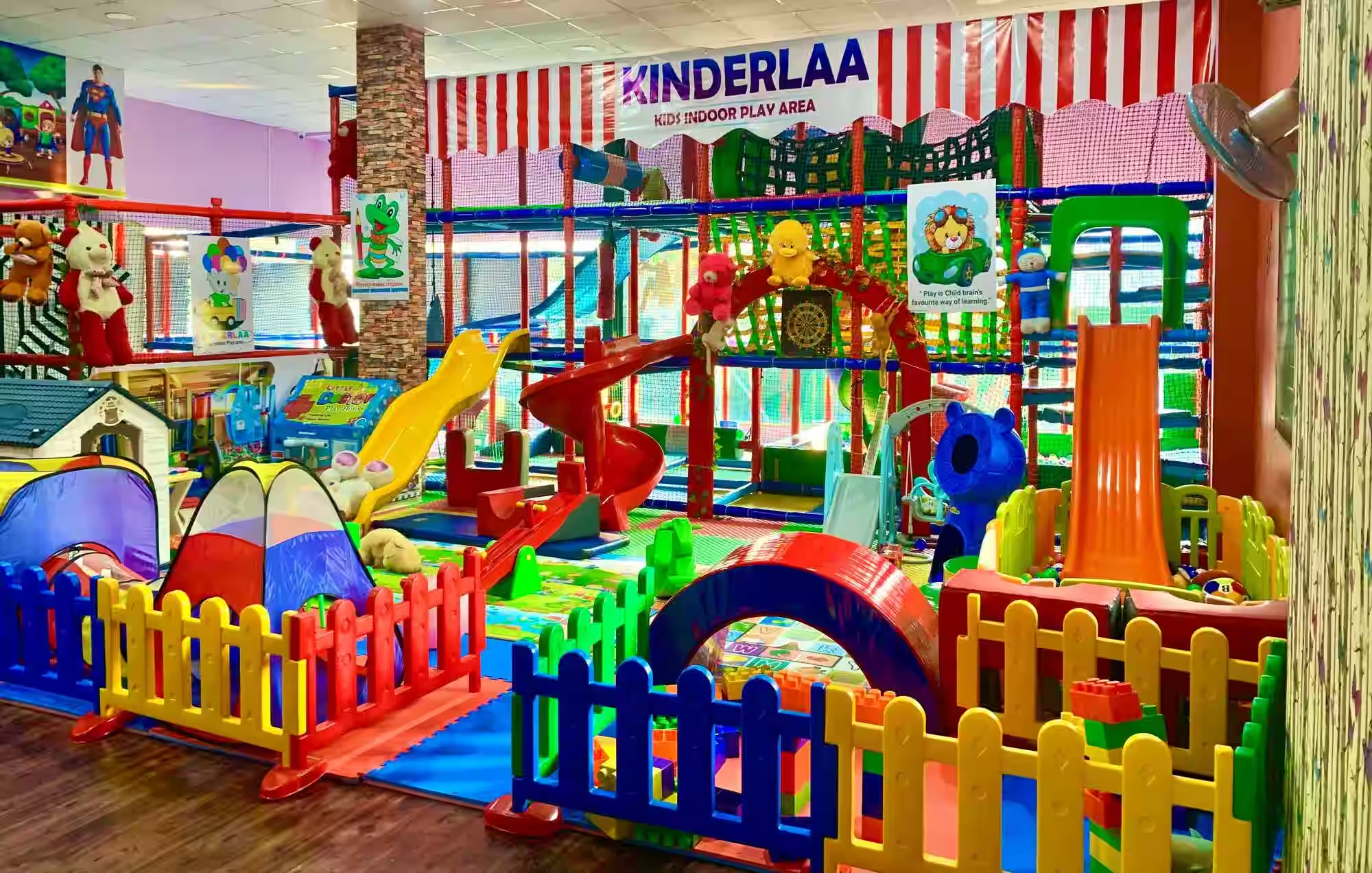
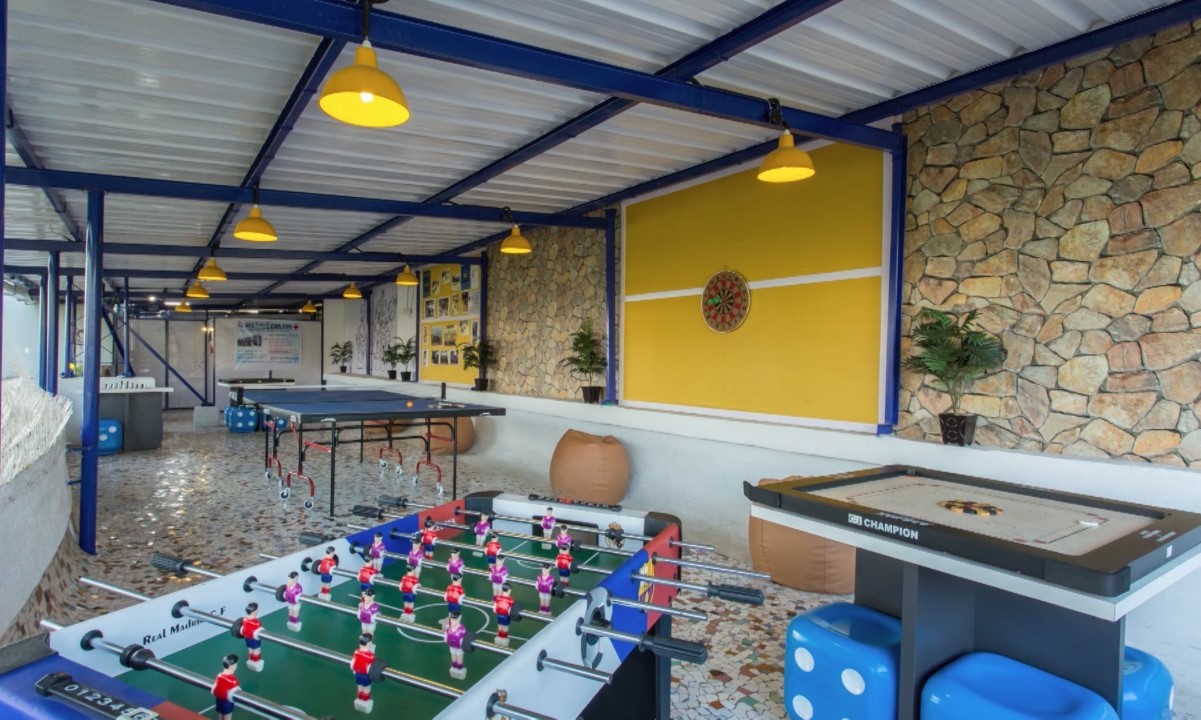

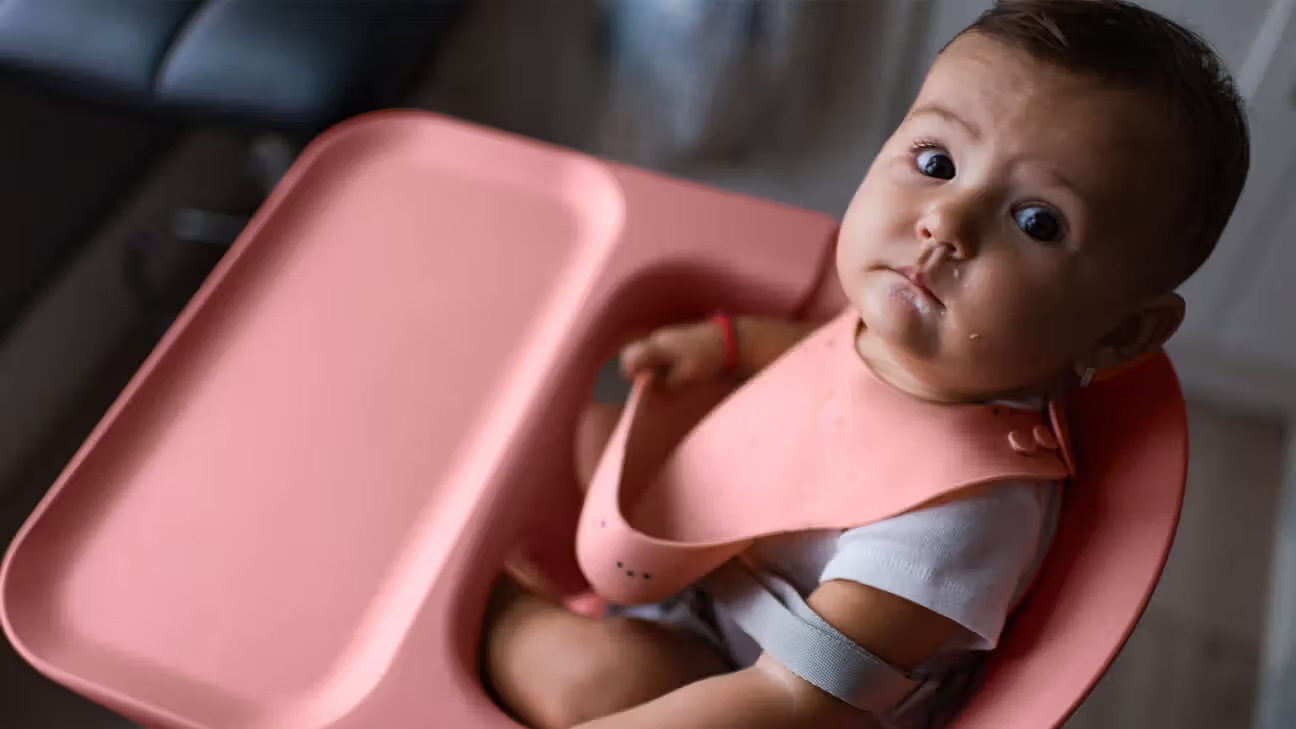
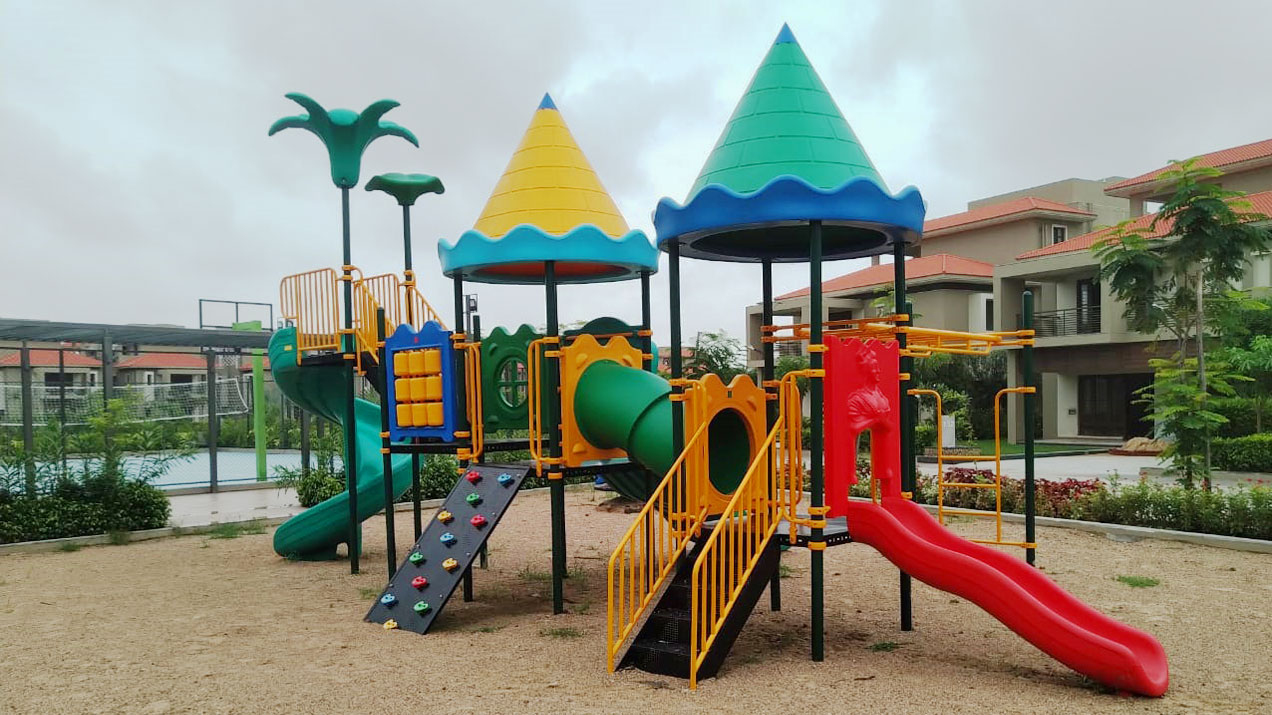


0 thoughts on “What Should I Use For Edging In A Child Play Area”